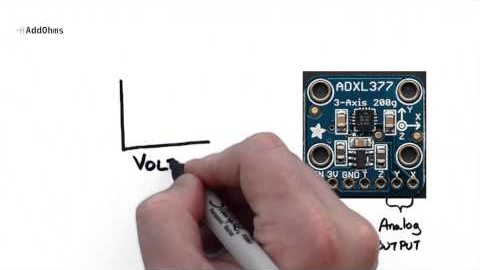KiCad 8 just dropped. Here’s an AddOhms video covering eight must-try features! The February 2024 release brings a whole host of new stuff to the Schematic editor. However, the PCB editor, CLI, and Simulation tools also received attention. (There are something like 900 closed issues for the 8.0.0 Milestone!) Which of these is your favorite?
Every Addohms project follows the same pattern. About 80% of my original idea makes it into the video while the remaining 20% I make up on the fly. Of course, when I do that, I spend 80% of my time on that 20%. AddOhms #10 on BJTs is no different.
For now, there is going to be a two part series on transistors. #10 is the first part of this two part series. We cover BJTs here and will cover MOSFETs in the next one. (And hey, that one is already 20% written!)
Check out Addohms.com or the AddOhms YouTube Channel for more videos.
The seventh AddOhms TutorialCast has gone “live”. (Gone “uploaded” sounds wrong.) Being able to understand difference between an Arduino and a Pi is a critical point for many new electronics hobbyist. The boards seem so similar, but they are so different. AddOhms #7: Comparing the Arduino and Raspberry Pi
It isn’t always clear what is meant by calling a device or a signal “analog” and “digital”. This AddOhms tutorial explains the difference between analog and digital by using an analogy to clocks. Old-school clocks with hands are a great example of “analog” while alarm clocks with digits as their display are an excellent example of “digital”.





